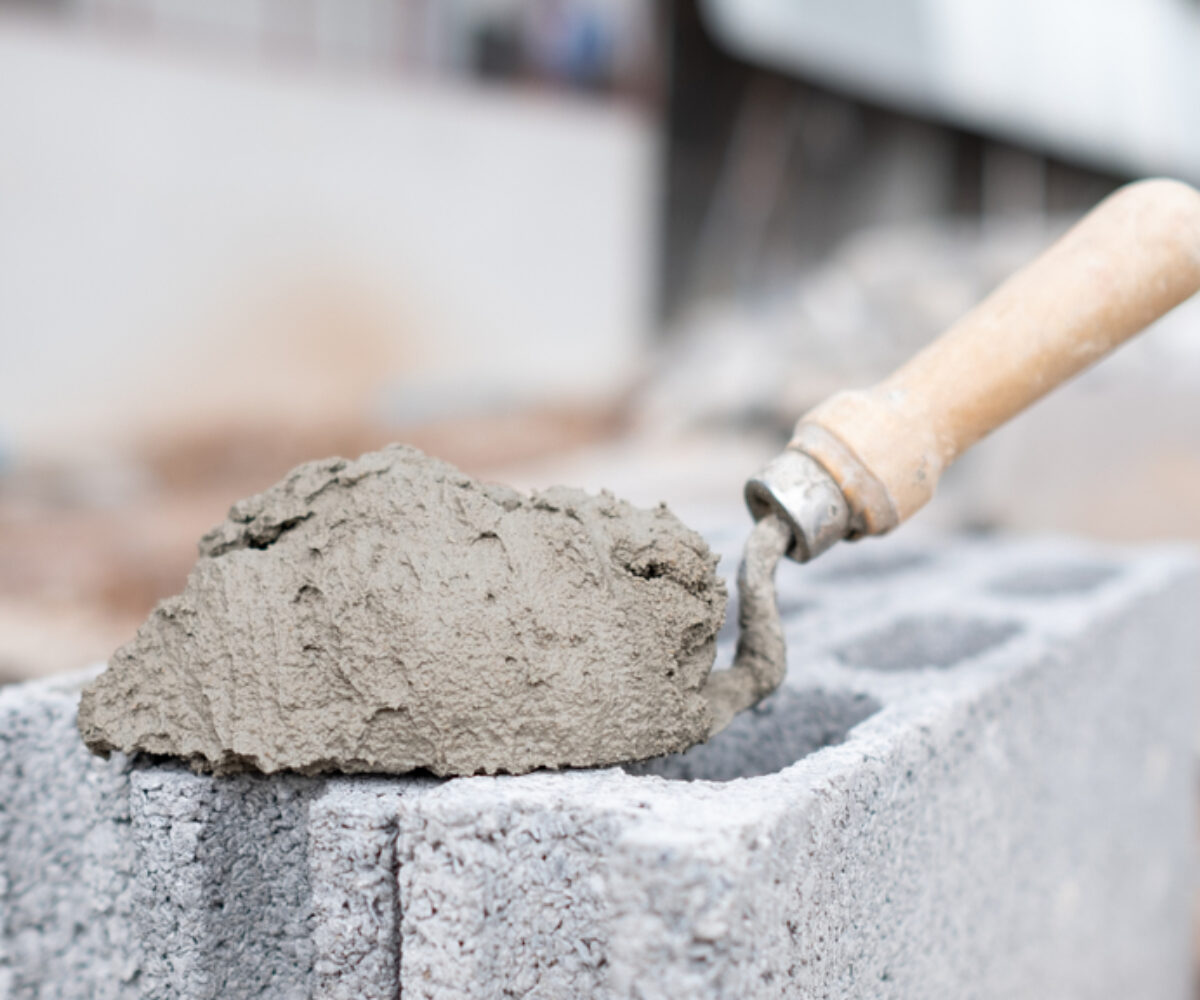When you’re building a new home, sometimes it’s hard to keep the finish line in sight when all you can see is a cloud of sawdust and a jumble of wires and tools. What can you do to keep the building process fun and engaging, and not feel overwhelmed by it all?
What Does the Home Building Process Look Like?
Typically, building a custom home will occur in the following stages.
1. Lot preparation
Depending upon the lot, this may include the removal of trees or rocks, and will definitely include grading and staking according to the site-approved engineer’s plot plan.
2. Foundation
Once the site is prepared, the home’s foundation must be dug and poured–again, according to an engineer’s structural plan.
3. Framing
Following an architectural plan, the framing crew builds the skeletal structure of the home, forming walls, windows, doors, and eventually adding trusses for the roof. Exterior siding is also added at this time.
4. Electrical and Plumbing
With the rooms laid out and walls in place, the electrical and plumbing crews are able to do their rough-in work while the walls are still open.
5. Insulation and Sheetrock
After all rough inspections of framing, electric, and plumbing have been passed by the governing municipality, insulation goes in (followed by another inspection). Next comes drywall, and the home starts to really take shape.
6. Flooring and Finishes
With drywall installed, taped, and textured, the finishes can begin to be installed, such as carpet, wood, and tile. Walls are painted, cabinetry, lighting, and plumbing fixtures installed.
7. Brick and stone
Meanwhile, on the exterior of the home, brick, stone, and/or stucco are being installed, as is roofing material. Up to this point the roof has been “dried in” or covered up so that the interior of the home is kept dry for the work to continue, but now the final roofing shingles are applied. The exterior of the home is painted, and exterior lighting installed.
8. Landscaping
Sometimes a modest amount of landscaping is required by the municipality in order to obtain the Certificate of Occupancy. Often the local HOA has landscaping requirements that must be met by the builder. Some homeowners elect to roll landscaping costs into their mortgage, and others defer the expense to a later time.
9. Final touch-ups
The builder will typically have the home cleaned before conducting a walk-through with the homeowner prior to closing. At this time the construction superintendent and the homeowner compile a punch-list of items requiring attention in the home.
Tips for Enjoying the Home Building Process
Finding and working with a builder you trust will be the single most important factor in managing home-building stress; make sure you hire someone with whom communication is both comfortable and trustworthy. While no construction project is guaranteed to be 100% hassle-free, approaching your project with an upbeat, positive attitude–knowing that you and your contractor are on the same page–goes a long way toward creating a successful outcome.
1. Understand that not everything will go perfectly.
Weather happens. Labor shortages happen. Product selections are sometimes discontinued. Trusting your contractor means knowing that he will do everything in his power to make things right for you, the home buyer. A little patience on your part goes a long way.
2. Plan as much as you can.
Making decisions as early as possible in the design/build process greatly lessens the chance that your project will stall out waiting for materials to arrive on the jobsite. Planning for contingencies such as–what if my house isn’t finished in time for the holidays–will lessen your frustration, should the ideal scenario not come to pass.
3. Visit the building site often.
Be mindful that, in most cases, the builder does not allow you on the jobsite without supervision (for liability reasons). That being said, don’t be afraid to ask the superintendent when he will be there so that you can visit the site and see how the job is progressing. Taking progress photos is not only a fun way to watch things take shape, but can also be a convenient reference down the road, when you may need to know where electrical or plumbing lines are located within your home’s walls.
4. Communicate with your contractor.
As mentioned above, effective communication with your contractor = a successful project. Ask how he prefers to communicate–via phone call, email, or text–and be respectful of his time (as in, maybe don’t send that text you were thinking of at 11 p.m. on Saturday night).
5. Don’t be afraid to voice your preferences and opinions.
After all, this is your home and your money. If you see something you’re not happy with, bring it up for discussion. If you’ve established a healthy pattern of communication, you’ll have no problem working through whatever issues arise.
6. Breathe.
Sounds obvious, right? We all need a reminder once in a while.

